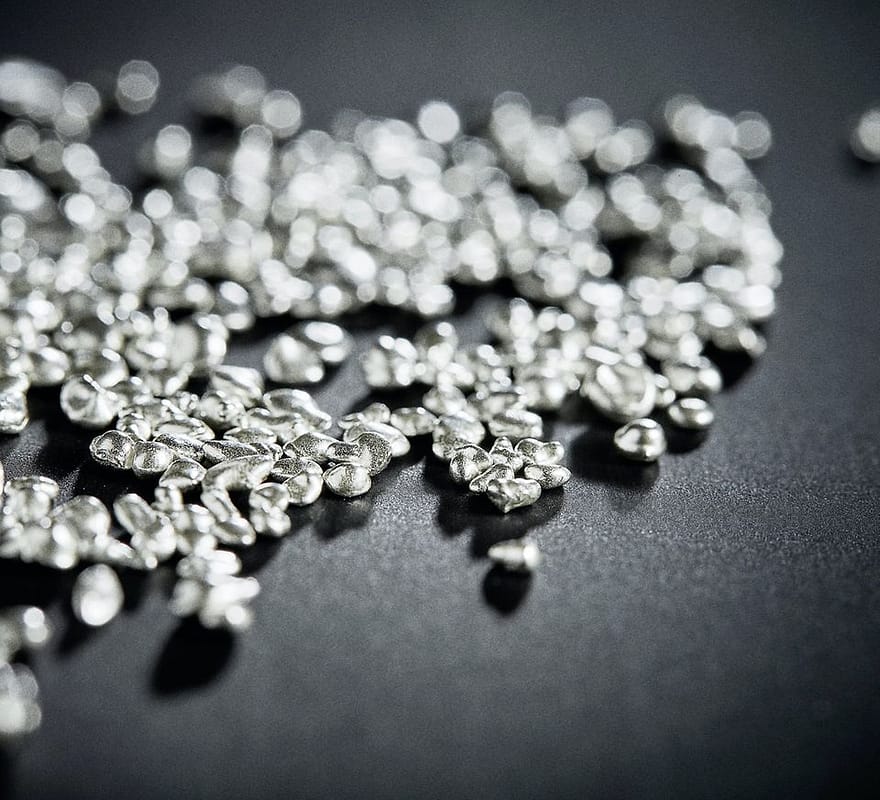Uncategorized
Oxidizing Sterling Silver Jewelry: A Guide to the Process
Sterling silver jewelry, known for its lustrous appearance, is often oxidized to create an antiqued or vintage look. This process enhances the intricate details of the jewelry, adding depth and character. In this guide, we’ll explore the oxidizing process of sterling silver jewelry.
What is Oxidizing? Oxidizing is a chemical process that involves intentionally darkening the surface of sterling silver. This process can be achieved through several methods, each with its own unique results.
Common Methods of Oxidizing Sterling Silver:
- Liver of Sulfur: Liver of sulfur is a chemical compound used to patinate sterling silver. To use it, follow these steps:
- Dissolve a small amount of liver of sulfur in hot water.
- Submerge your sterling silver jewelry in the solution for a few seconds to several minutes, depending on the desired darkness.
- Rinse your jewelry in cold water to stop the oxidation process.
- Optionally, lightly polish the raised areas to create a beautiful contrast between darkened and shiny parts.
- Eggs: Yes, you read that correctly. Eggs can be used to oxidize sterling silver naturally.
- Place a hard-boiled egg in a sealed container with your sterling silver jewelry. The sulfur compounds in the egg yolk will cause the jewelry to oxidize over time.
- Check the progress regularly, as this method can take several hours to several days to achieve the desired patina.
- Sulfur and Salt: This is a simple method using readily available household items:
- Create a mixture of salt and sulfur (you can find sulfur at garden supply stores).
- Place your sterling silver jewelry in a sealed container with the mixture.
- Over time, the sulfur and salt will create oxidation on the jewelry’s surface.
Tips and Considerations:
- Safety: When working with chemicals like liver of sulfur, wear protective gloves and work in a well-ventilated area to avoid inhaling fumes.
- Control: Oxidizing can be a somewhat unpredictable process, so it’s essential to monitor the jewelry’s progress and stop the oxidation when the desired shade is achieved.
- Cleaning: After oxidizing, gently clean the jewelry with a soft cloth to remove excess oxidation and reveal the intricate details.
- Sealing: To preserve the oxidized finish, some jewelers apply a clear protective lacquer or wax to prevent the jewelry from tarnishing further. However, this can alter the appearance slightly, so it’s a matter of personal preference.
Conclusion: Oxidizing sterling silver jewelry is a versatile technique that allows you to create unique and beautiful designs with an antique or vintage aesthetic. Whether you choose the chemical route with liver of sulfur or opt for more natural methods like eggs, it’s important to experiment and practice to achieve the desired results. With patience and creativity, you can transform your sterling silver jewelry into stunning pieces that reflect your individual style.

